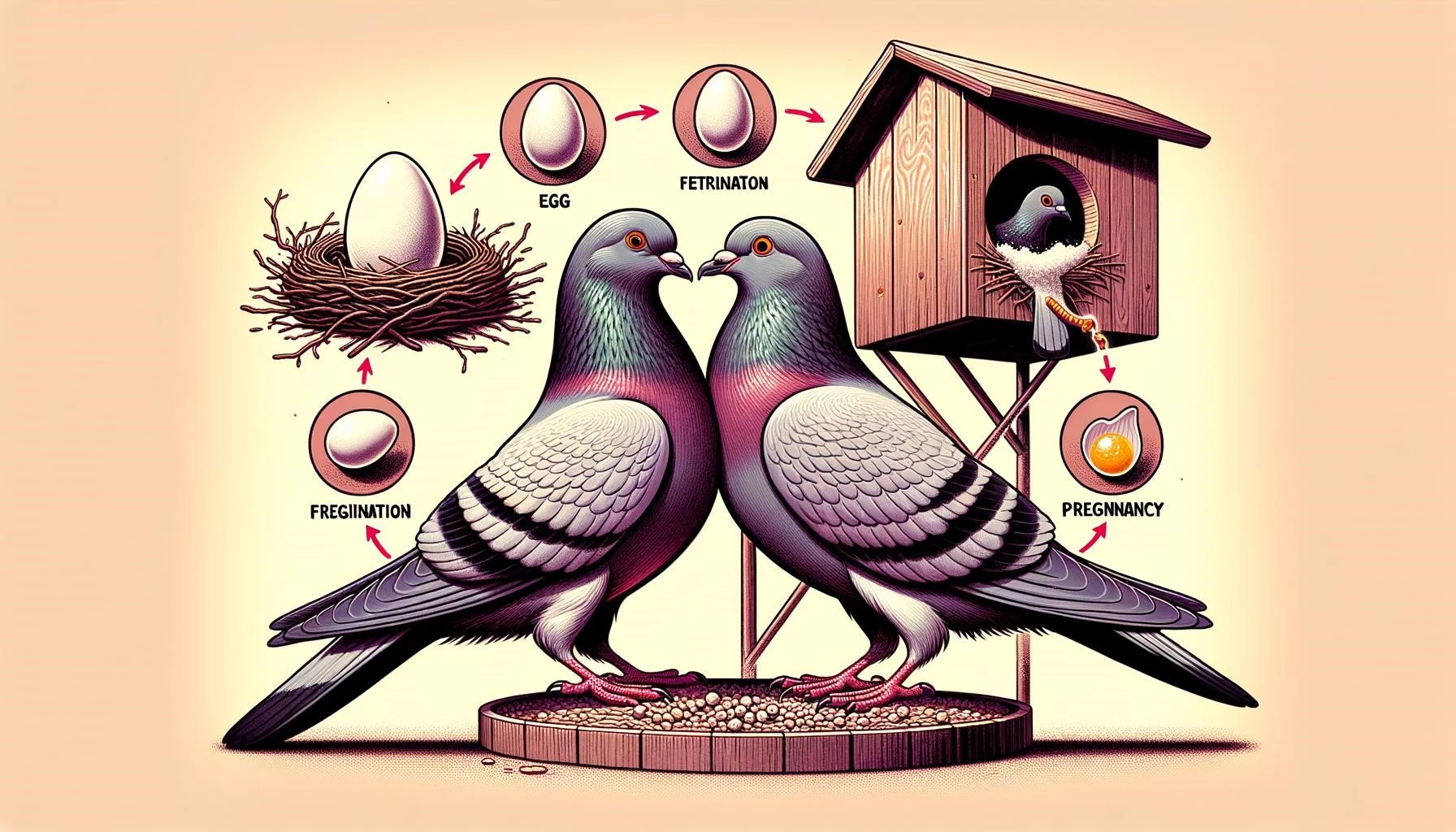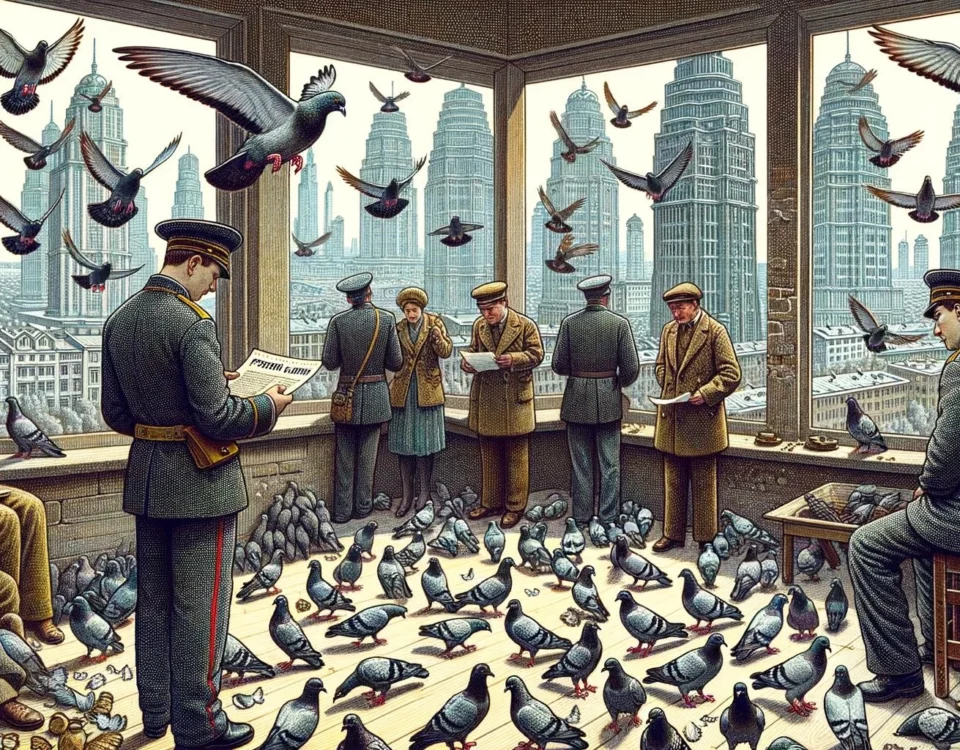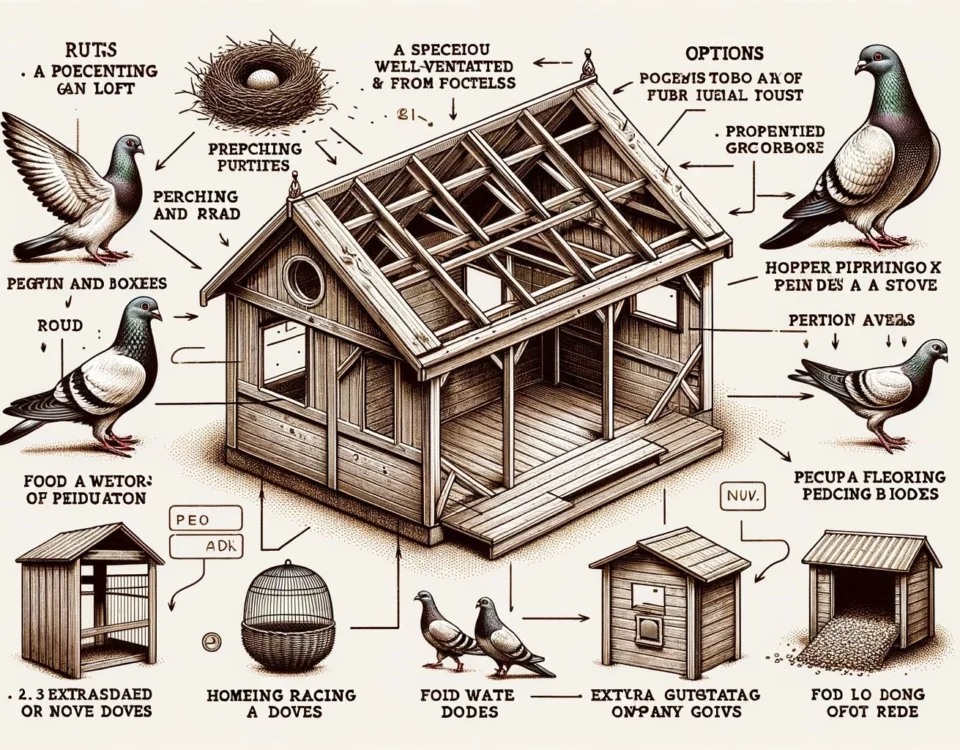Pigeons, often seen in urban areas, can be a source of controversy and concern. While some people appreciate their presence, others view them as pests that cause damage and pose health risks. The management of pigeon populations raises various legal and animal welfare considerations. This article will explore the laws and regulations surrounding pigeons and animal welfare, including the protection of pigeons, pest control measures, and the ethical treatment of animals.
Key Takeaways
- The Animal Welfare Act is the primary federal law that regulates the treatment of animals in the United States.
- Advocates for animal welfare promote non-lethal methods for managing pigeon populations.
- Pigeons are protected as wild birds under certain laws, making it illegal to disturb or remove their nests.
- Pigeon houses, also known as lofts, provide a humane and effective way to manage pigeon populations.
The Animal Welfare Act
The primary federal law that governs the treatment of animals in the United States is the Animal Welfare Act (AWA). Enacted in 1966, the AWA covers various aspects of animal welfare, including research, exhibition, transport, and commercial activities involving animals. However, the AWA primarily focuses on animals kept at zoos, used in laboratories, and those commercially bred and sold, such as those in puppy mills. The regulatory authority for the AWA lies with the United States Department of Agriculture’s (USDA) Animal and Plant Health Inspection Service (APHIS) Animal Care.
Pigeons and Animal Welfare
Advocates for animal welfare often emphasize non-lethal methods for managing pigeon populations. These methods consider the well-being of pigeons, promoting their humane treatment. It is important to understand the laws and regulations regarding the killing of pigeons in different states and jurisdictions.
Pigeon Protection Laws
Pigeons, like other wild birds, are protected under certain laws and regulations. It is essential to know and adhere to these laws when dealing with pigeon populations. Disturbing or removing pigeon nests, even if they only contain eggs, can be considered illegal in some jurisdictions. The protection of pigeons as wild birds falls under the purview of bird protection laws, such as the EU Birds Directive and national animal welfare acts.
Pigeon Houses: A Humane Approach to Pigeon Management
Pigeon houses, also known as lofts, provide a humane and effective way to manage pigeon populations. These structures offer safe nesting sites and provide appropriate feed for pigeons, reducing the negative impact of their droppings and promoting their well-being. Pigeon houses also play a role in animal welfare by providing veterinary care for sick birds and ensuring regular cleaning of their living spaces. The use of pigeon houses has shown success in reducing pigeon populations in cities without resorting to lethal measures.
Conclusion
Pigeon laws and animal welfare intersect in various ways when it comes to managing pigeon populations. While some jurisdictions may employ lethal methods, there is an increasing emphasis on non-lethal, animal-friendly approaches that consider the well-being of the pigeons. The use of pigeon houses provides a humane and effective way to address the issue, ensuring both the welfare of the pigeons and the needs of the community are taken into account.









